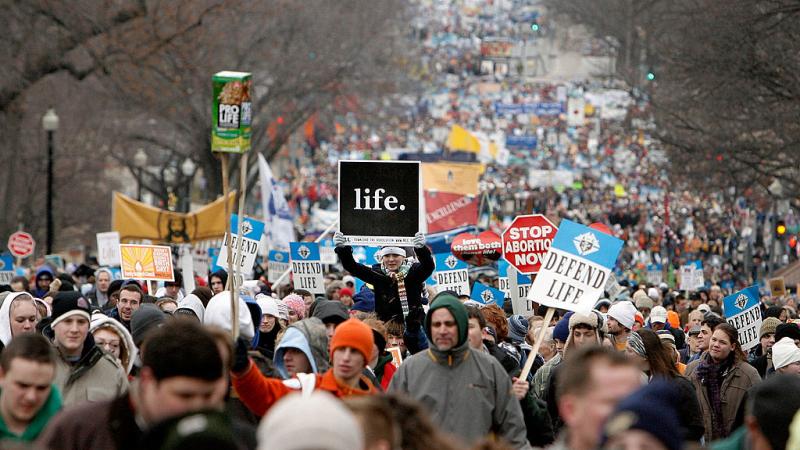How media and government reports of coronavirus cases make the pandemic look worse than it is
'How many have recovered from the disease?' is a critical question few are asking
Much of the media over the past six months have been devoted ceaselessly to coronavirus coverage, starting with its spread in China, through Asia, into the Middle East and Europe, and into the Americas.
Since the pandemic began in earnest in the United States, seemingly the vast majority of major news reports has been about some aspect of the pandemic: How many are hospitalized, how many have died, what businesses are open, and who's wearing a mask.
In few areas has the coverage been more frenetic than in counting the number of COVID-19 cases throughout the country. Those statistics, which have been supported by aggressive government tabulation of infection rates, have been broadcast from virtually every news outlet for months.
The headlines normally run along these lines: "COVID-19 cases top 40,000 statewide;" "Georgia reports more than 45K COVID-19 cases;" "California becomes 4th state with more than 100,000 coronavirus cases;" "Michigan coronavirus (COVID-19) cases up to 55,608."
Those numbers generally come from specific state's health department, which gathers data from testing sites in cities and counties and reports them in a cumulative batch on Internet "dashboards" for the benefit of both the media and state residents.
It is a useful and necessary way to measure one aspect of the pandemic, but it is also strikingly flawed by one critical measure: It fails to distinguish between confirmed cases and active cases, instead implicitly treating the two as equivalent. The average citizen who sees a headline declaring "100,000 coronavirus cases" may very well interpret those numbers in the worst way possible, believing that there are actively 100,000 people sick with coronavirus in his state.
This convention, in other words, completely ignores the number of recovered coronavirus patients in a population, outwardly making the pandemic appear far more widespread and ongoing than it likely is—an assessment that could very well continue to generate significant fear among the public, hindering economic recovery efforts even as states begin to re-open.
What's a 'recovery?' Some states won't guess
Most people recover from coronavirus, according to the Centers for Disease Control and Prevention. The CDC's most recent estimates peg the overall rate of recovery at as high as 99.74%. That number decreases as patients get older and/or if they are afflicted by co-morbidities that hinder their immune systems. Yet overall, "most people have mild illness and are able to recover at home," the CDC states.
The length of recovery from an average coronavirus infection is a question of ongoing study, but the World Health Organization in February estimated that "the median time from onset to clinical recovery for mild cases is approximately 2 weeks and is 3-6 weeks for patients with severe or critical disease."
If those numbers are accurate, that would mean a majority of cases recorded in the United States since January of this year have likely already recovered—a statistic that is rarely if ever mentioned in government press conferences and media reports.
That's not to say the numbers, or estimates of them, aren't often readily available. Numerous state governments do report recovery estimates on their dashboard. Maine, for instance, currently lists about a 64% recovery rate among cases in its state, a number that has continued to rise since March when the government began tracking it. Both Texas and Pennsylvania also list recovery rates, both of them at over 60% as well. New Hampshire's numbers are roughly the same. Some are even higher: Vermont says about 88% of its cases have recovered. Oregon, meanwhile, estimates about half of its patients are coronavirus-free.
Other states are not as forthcoming. Virginia officials this week, for instance, admitted that not only do they not track recovered patients, they haven't even developed a way to do so. New York—the hardest-hit state in the country by far—also does not list recovery rates on its own COVID-19 dashboard. Nor, for that matter, does the CDC's coronavirus counter.
The broad omission of recovery numbers from so many datasets is perhaps indicative of the chaotic nature of the pandemic itself: Most states a few months ago were scrambling to prepare for what they thought would be a brutal pandemic, and few health officials were likely thinking about recovery numbers when the virus hadn't even peaked in their own regions.
That may have made more sense in March or even early April. But as of now, with the pandemic waning in the United States and more and more states moving to re-open, there seems to be little reason that recovery numbers shouldn't be estimated, calculated, tabulated and broadly disseminated by both government officials and media outlets.
Doing so will help give both public officials and average citizens a much clearer understanding of where the pandemic stands, how concerned they should be about the virus, and most importantly how they can began to return to their normal lives.














